Companies looking to do business in the public sector must first learn how to market their goods and services to government agencies. As in the private sector, government buyers are interested in knowing your capabilities, seeing examples of work, and learning more about your organization’s story. But despite best efforts, many minority and women-owned businesses are often at a disadvantage when pit against larger firms. Not only for contracts but also in their ability to consistently market to procurement professionals when they are already stretched thin on resources.
In recent months, however, the push for diversity, equity, and inclusion in the supply chain has sparked renewed interest in increasing the percentage of projects awarded to MWBE firms and providing resources for these firms to shore up critical systems within their businesses, like marketing.
As many have come to learn, being a certified MWBE firm is not a guarantee of work. But when coupled with a robust marketing system, getting on the shortlist gets much easier.
We’ve curated three tactics you can use to better position your firm to catch the eye of decision-makers within government agencies.
Leverage PTAC and SBA Services
Every year, the federal government spends roughly $400 to $500 billion on government contracts, nearly a quarter of which are awarded to MWBEs. There are numerous procurement opportunities, but the bidding process is notoriously tedious and time-consuming. You can easily spend days putting together a proposal and still not make the final cut. Having a solid strategy will be an advantage for your team as you surf resource hubs for new solicitations.
Before you begin submitting proposals, first narrow your scope. While you may desire to work with NASA, for example, there are some things they just don’t buy. Or, there are opportunities that don’t come up for bid often. So, narrow your search to agencies with a proven track record of purchasing the goods or services you offer regularly.
Partnering with The Procurement Technical Assistance Centers (PTAC), a one-stop-shop for government marketing skills and training services, is a great way to kickstart this process. PTACs can help you locate potential bids, prepare proposals, and advise on your capacity to take on more work.
PTAC can also advise on partnering with subcontracts or being a subcontractor for a larger prime contractor.
“Market research is key. When it comes to subcontracting, you must know why it’s advantageous for a contractor to do business with you. Ask yourself two questions: do you have a certain skill set the contractor does not have or do you have access to a customer they do not have?”
VERONICA CLARK, WEST TENNESSEE PTAC COUNSELOR BASED IN NASHVILLE, TN
Making connections with primes and subcontractors must be a part of your marketing strategy. They cannot and will not work with you if you have not successfully communicated what you have to offer.
To find contractors, visit the SBA’s Subcontracting Directory, which lists the contact information of large federal government contractors. SBA also has market representatives who can help you source subcontracts that align with your vision and business objectives.
Develop A Winning Proposal
The second, and arguably most important piece of the prospecting puzzle, is submitting a solid proposal.
Unlike marketing to the private sector, where digital advertising and email campaigns drive lead generation, governments generally publish Requests for Proposals (RFPs) or Requests for Information (RFIs). Firms respond with a proposal or capability statement.
Successful proposals highlight things like technical efficiency, staffing, past performance, capabilities, and clarity of approach.
To elevate your pitch, consider designing your proposal. Follow the guidelines suggested in the FDIC OMWI Education Module: Preparing Technical Proposals for Government Contracting to align your pitch with formatting best practices. But also consider creating a theme and allowing that theme to run throughout the proposal. Make your proposal as visually striking as you’ve made the content salient.
Build Relationships With Procurement Professionals
Finally, let’s go back to where we started – building relationships. Proactively target procurers, influencers, and end-users and sell them on your capabilities. Doing so will increase the likelihood of your proposal getting into the hands of key decision-makers.
To do this, stay on top of trade-show dates, pre-bid conferences, and agency events. Most events are now virtual, making it easier than ever to attend and get virtual face-time with procurement professionals.
Polish your capability statement and have it ready to share with those who can move you forward. Create a print-ready and digital version to link to your website, email, social channels, and other online platforms. Most primes will choose the subcontractor they think is most qualified and is the easiest to work with. Giving them the tools they need to make a decision removes the guesswork and makes a positive impression.
Finally, if you submit a proposal but lose the bid, request a debrief. This feedback provides insights that can help you improve your next proposal. It also demonstrates your willingness to improve, which may pay dividends on the next opportunity.
Key Takeaways for MWBEs
Pursing work in the public sector is a great way to diversify your business income. For MWBEs, creating and managing an ongoing marketing strategy is essential. It’s important to remember that not all winning bids are the lowest bid —presentation matters. Relationships matter. By utilizing resource hubs like PTAC and SBA, showcasing your capabilities in proposals, and connecting with key people, you increase the likelihood of winning bids. Not just to diversify supply chains. But because you’re capable and now they know it.
POSTED BY: CINDY R HALL · IN: BLOG, DIVERSITY, GOVERNMENT MARKETING, MARKETING PLANS, MARKETING STRATEGY, MINORITY-WOMEN OWNED BUSINESS, SMALL BUSINESSES, SUPPLIER DIVERSITY, SUPPLY CHAINS
Source: https://crayonsandmarketers.com/news/3-ways-mwbes-market-more-effectively-to-government-agencies/



